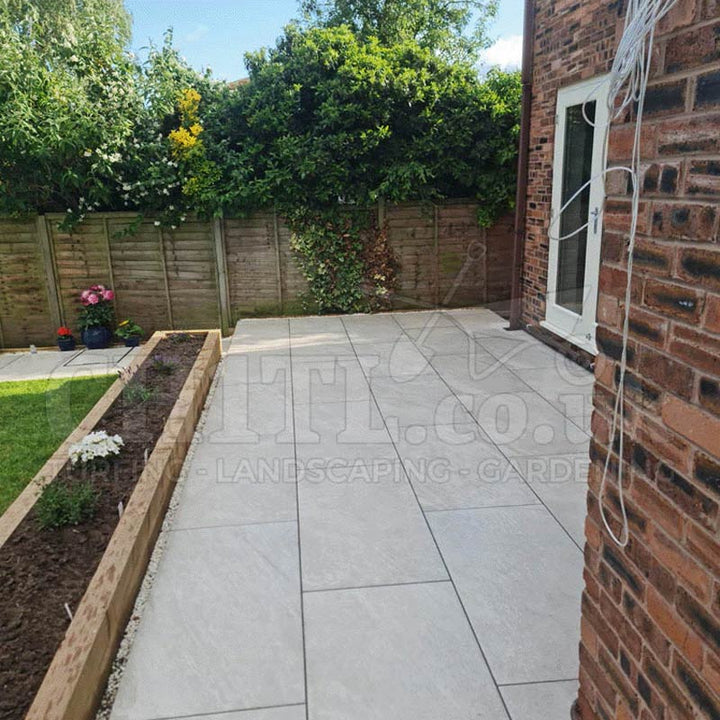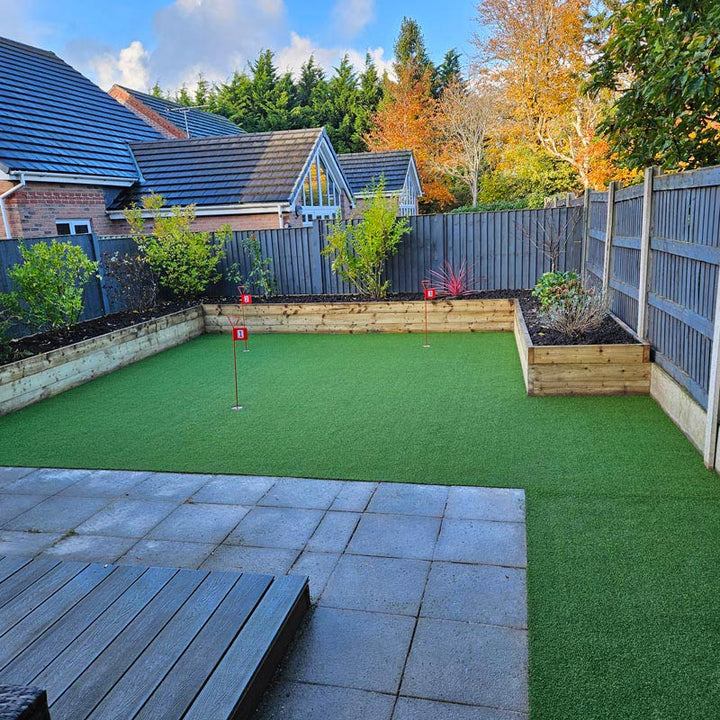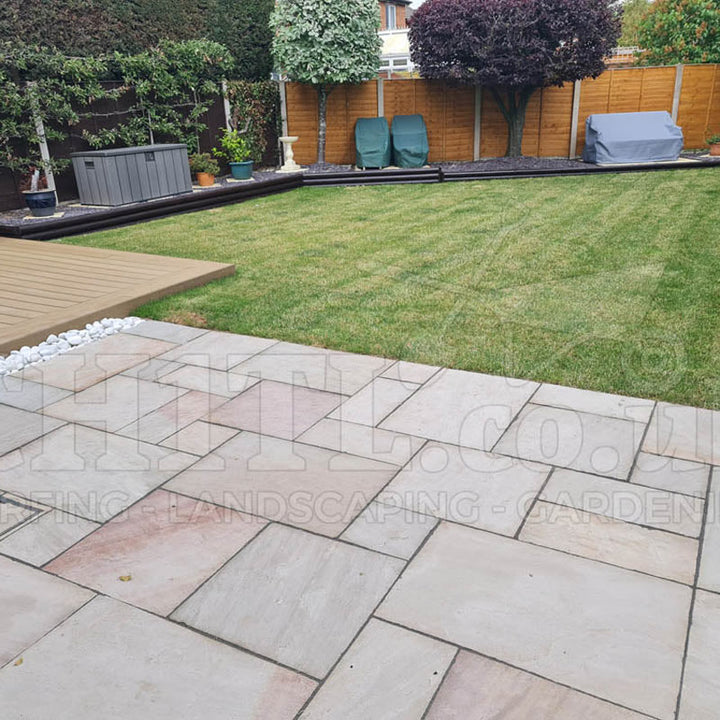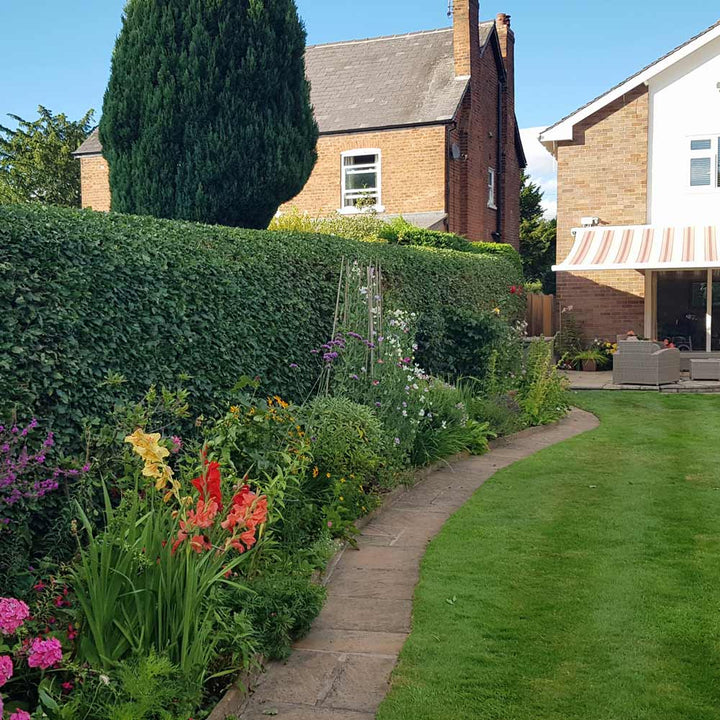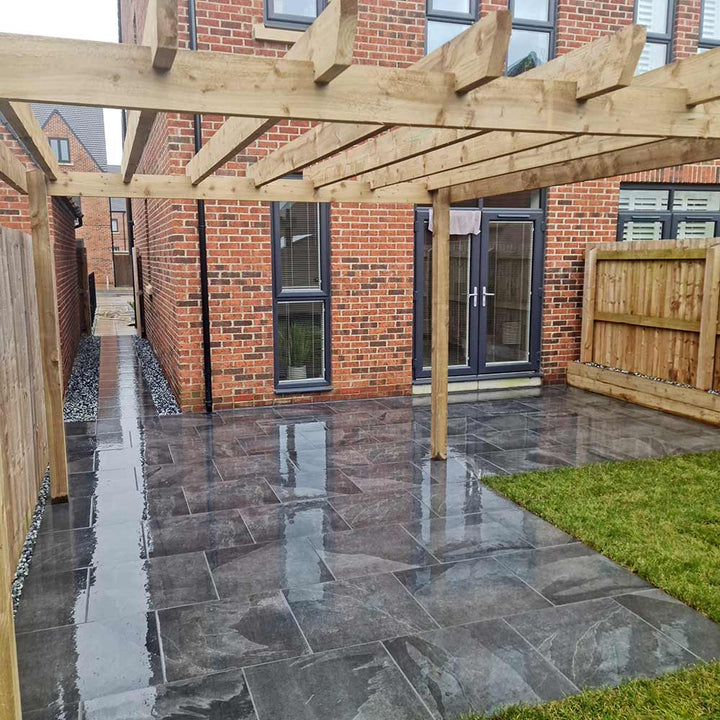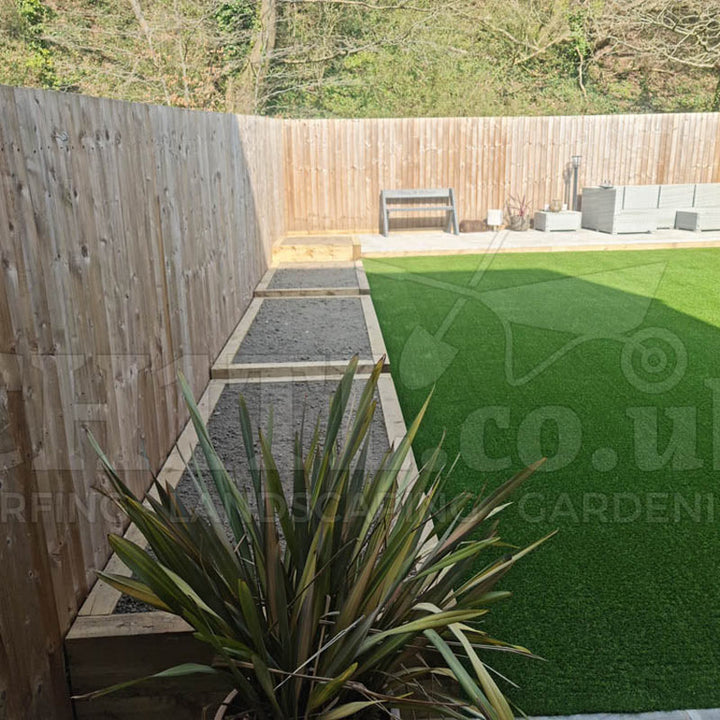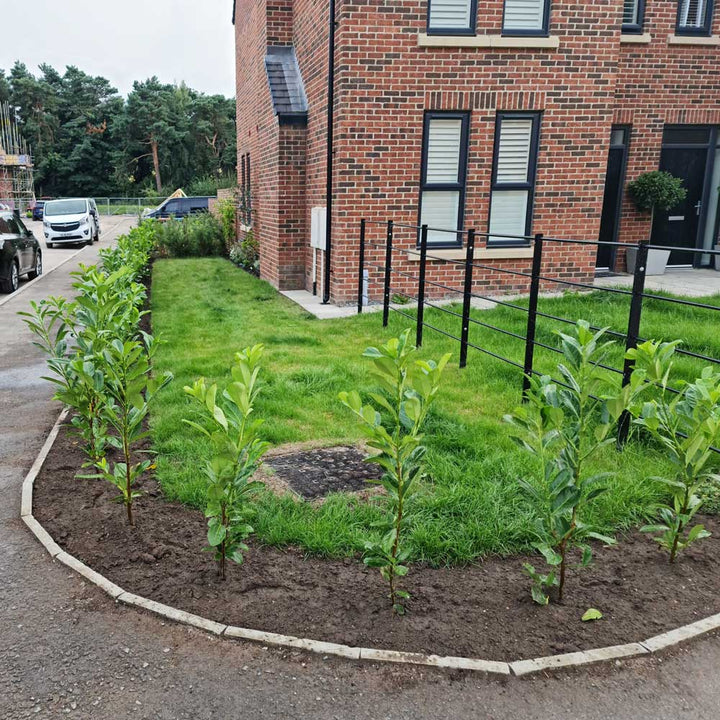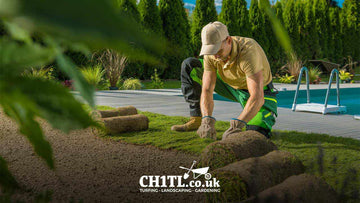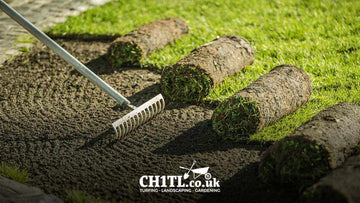Best Gravel for Garden Pathways: Choosing the Perfect Option for Your Outdoor Space
Apr 05, 2025

A well-designed garden pathway can transform your outdoor space, adding functionality and aesthetic appeal. Gravel is one of the best materials for creating beautiful and durable pathways.
With so many options, selecting the best gravel for garden pathways can be overwhelming. This guide will help you choose the right type of gravel, considering factors like appearance, durability, and maintenance.
Why Choose Best Gravel for Garden Pathways?
Gravel is a popular choice for garden pathways because of its affordability, ease of installation, and excellent drainage properties. Unlike solid surfaces like concrete or paving stones, the best gravel for garden pathways allows water to drain naturally, reducing the risk of puddles and erosion. It also creates a charming, rustic look that enhances any garden design.
Benefits of Using Best Gravel for Garden Pathways:
-
Cost-effective: Gravel is much cheaper than other paving options.
-
Easy to install: No need for complicated groundwork; just level the area and spread the gravel.
-
Low maintenance: Requires minimal upkeep compared to paved pathways.
-
Good drainage: Prevents water pooling and helps control soil erosion.
-
Versatile: Available in various colors, textures, and sizes to match your garden style.
Now that we know why gravel is a great choice, let’s explore the best gravel for garden pathways.
Types of Gravel for Garden Pathways
When choosing the best gravel for garden pathways, it’s important to consider size, texture, and durability. Here are some of the most popular gravel types:
-
Pea Gravel: Small, smooth stones (10mm) in colors like beige, grey, and white. It's comfortable to walk on and easy to maintain but can shift easily, requiring edging. Best for flat paths.
-
Crushed Stone Gravel: Angular stones (5mm to 20mm) that interlock for stability. Great for high-traffic and sloped areas but can be rough underfoot. Durable and low-maintenance.
-
Self-Binding Gravel: Fine particles that compact into a stable surface. Ideal for low-maintenance paths in gardens, but it needs occasional upkeep and doesn’t drain as well as other gravel types.
-
Decomposed Granite: Fine, sandy gravel that compacts well, providing a smooth, stable surface with good drainage. It can get dusty and may need topping up over time, but it gives a modern, natural look.
-
Cotswold Buff Gravel: Warm, honey-colored limestone gravel, perfect for traditional gardens. It’s durable but can produce dust and requires edging to keep it in place.
Each type has its unique benefits, and the choice depends on your garden’s needs, style, and maintenance preferences.
How to Choose the Best Gravel for Garden Pathways?
With so many gravel types available, selecting the right one for your garden depends on several factors:
1. Consider Foot Traffic
If your pathway gets a lot of use, opt for a more stable gravel like crushed stone or self-binding gravel. Pea gravel, while attractive, can shift underfoot and may not be suitable for high-traffic areas.
2. Think About Drainage
Gravel pathways need to allow water to drain properly. Decomposed granite and crushed stone provide excellent drainage, making them ideal for wet areas.
3. Match the Aesthetic of Your Garden
For a traditional look, Cotswold Buff Gravel or pea gravel works well. If you prefer a more modern style, decomposed granite provides a sleek, uniform finish.
4. Maintenance and Upkeep
Some gravel types require more maintenance than others. If you want a low-maintenance option, self-binding gravel compacts well and reduces loose stones.
How to Install a Gravel Pathway?
Once you’ve chosen the best gravel for your garden pathways, follow these detailed steps to install your path and create a beautiful and durable feature in your garden.
Step 1: Mark the Pathway
Use string or a garden hose to outline the pathway shape. Decide on the width and ensure it fits your garden design.
Step 2: Dig Out the Pathway
Excavate the area to a depth of about 100mm (10cm) to allow space for the gravel and a base layer.
Step 3: Lay a Weed Barrier
To prevent weeds from growing through the gravel, lay a geotextile fabric at the base of the path.
Step 4: Add a Sub-Base Layer
For stability, add a layer of crushed stone or hardcore (50mm thick). Compact it using a plate compactor.
Step 5: Spread the Gravel
Pour your chosen gravel over the base layer. Spread it evenly with a rake to a depth of about 50mm.
Step 6: Compact and Finish
Use a roller or tamper to firm up the surface. Add edging to keep the gravel contained and prevent it from spreading into your lawn or flower beds.
By following these steps, you can easily create a beautiful and functional gravel pathway that enhances your garden’s overall appearance while providing a low-maintenance and durable surface.
Maintaining a Gravel Pathway
Maintaining a gravel pathway is essential to keep it looking great and functioning properly over time. To maintain its appearance, regularly rake the gravel to redistribute it evenly, ensuring the surface stays level.
Over time, the gravel may settle or thin out, so it's a good idea to top up the gravel once a year if needed. To prevent weeds from sprouting through, you can remove weeds manually or use a natural weed killer to keep the path clean. If you’ve chosen self-binding gravel, it may need to be recompacted occasionally to keep the surface stable and prevent loose stones from affecting the path’s integrity. By following these simple maintenance steps, your gravel pathway will stay beautiful and functional for many years.
Conclusion
Choosing the best gravel for garden pathways depends on factors like foot traffic, aesthetics, and maintenance preferences. Pea gravel is great for decorative paths, crushed stone offers stability, and self-binding gravel provides a firm walking surface. By selecting the right type and following the proper installation steps, you can create a durable and attractive pathway that enhances your garden for years to come.
For high-quality decorative stones and gravel collection and expert landscaping advice, visit CH1 Turfing and Landscaping today.
